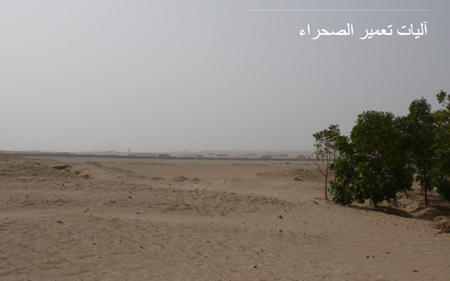Valley Edges - The mechanics of conquering the desert

Students: Argyro Pouliovali, Olympia Georgoudaki
Nile valley is a specific geological formation, created over millennia by fertile alluvial deposit brought by the Nile. The distinction between the green and flat Valley land and the desert is strikingly sharp: the edges of the Valley are defined as a raised ridge topography of barren hills, sometimes even a hundred or more meters high, with spectacular viewing points over the Valley.
Throughout history, the ecology and the inhabitation of the edges were different than that of the Valley itself. With much less water and fertile soil, different kinds of flora and fauna were present at the edges. Also, throughout history and until modern times the edges were preferable sites for placing villages, towns and temples as the raised terrain served as protection from the annual floods.
With the explosion of urbanisation in the Valley since the 1960s and 70s, the situation has changed. The ongoing of construction in the Valley and the ever-decreasing amount of agricultural land, are placing further pressure on the edges where opportunities to win new land, to expand settlements or to locate other programs such as production sites are being sought. A part of this phenomenon is a striking example of small-scale informal land reclamation. Fertile soil is brought from the valley (from the new construction sites) and laid out in small fields at the desert edge to allow for agriculture. These fields are then irrigated by ground water or sometimes through informal plug-ins to the main water irrigation system. These developments are further enabled by the fact that the desert land is in public ownership and therefore less controlled.

